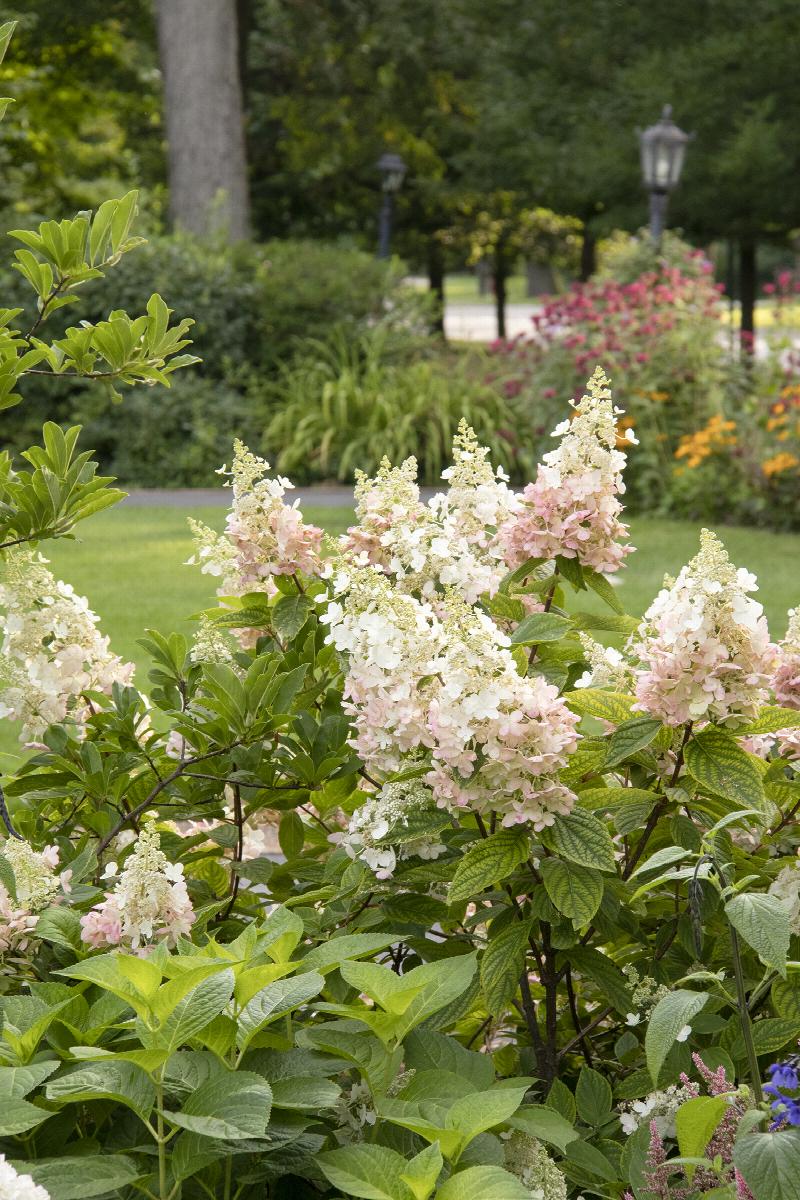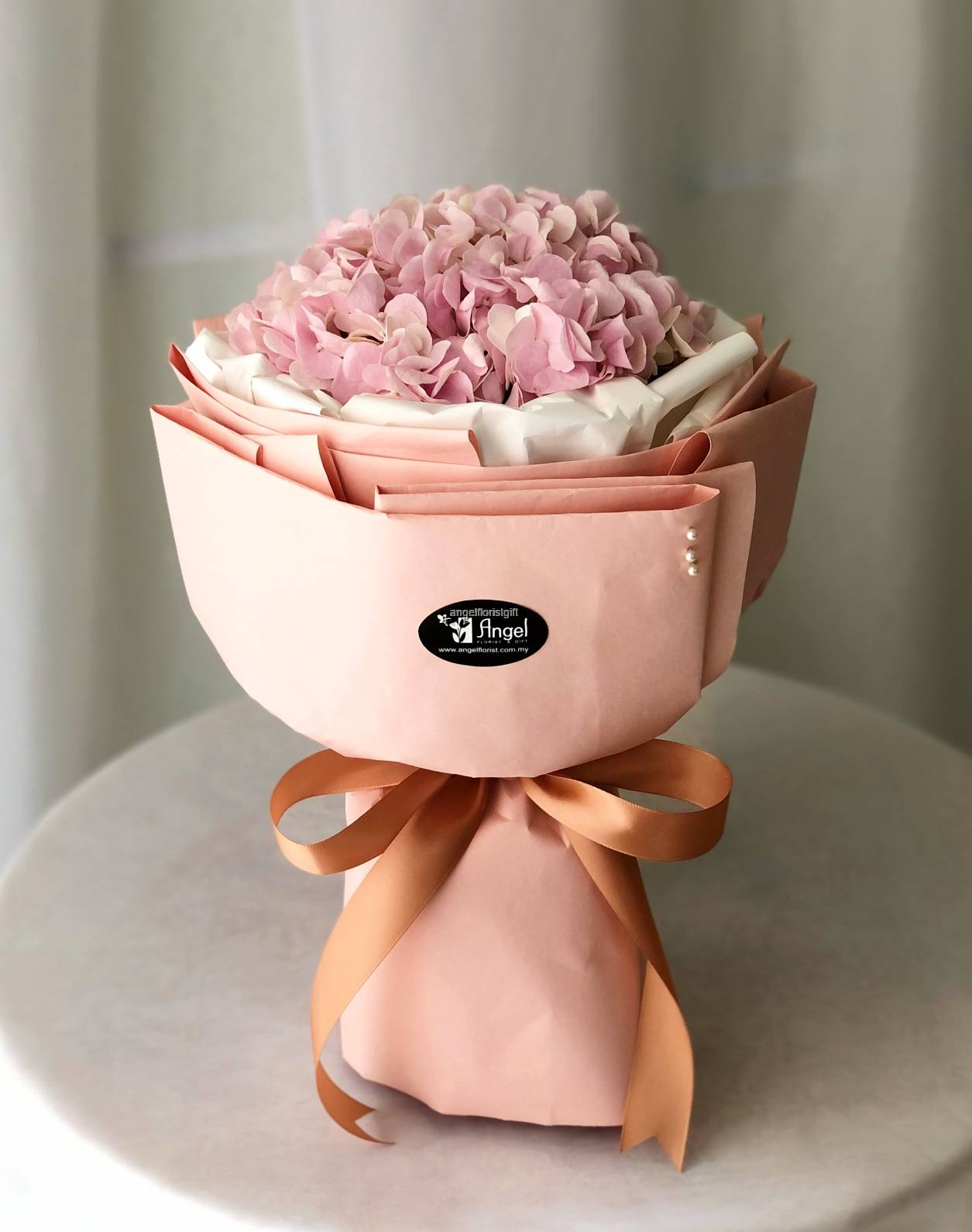Angels Blush Hydrangea: The Sweetest Bloom In Your Garden
Angels Blush Hydrangea is a beautiful and fragrant shrub that is perfect for adding a touch of sweetness to your garden. This hardy plant is known for its large, showy blooms that range in color from pale pink to deep purple. Angels Blush Hydrangea is relatively easy to care for and can thrive in a variety of conditions.
In this blog post, we will take a closer look at Angels Blush Hydrangea, including its history, unique features, and care requirements. We will also provide some tips on how to get the most out of this stunning plant.
History of Angels Blush Hydrangea
Angels Blush Hydrangea was first introduced to the world in 1994 by the Proven Winners plant breeding company. This hybrid shrub is a cross between two other popular hydrangeas, Annabelle and Incrediball. Angels Blush Hydrangea inherited the best qualities of both of its parents, resulting in a plant that is both beautiful and hardy.
Unique Features of Angels Blush Hydrangea
Angels Blush Hydrangea is known for its large, showy blooms that can reach up to 12 inches in diameter. The blooms are typically pale pink in color, but they can also vary in shade depending on the soil pH. Angels Blush Hydrangea also has a sweet fragrance that is reminiscent of roses.
In addition to its beautiful blooms, Angels Blush Hydrangea is also a relatively hardy plant. It can tolerate a wide range of temperatures and soil conditions. Angels Blush Hydrangea is also drought-tolerant and deer-resistant.
Care Requirements for Angels Blush Hydrangea
Angels Blush Hydrangea is relatively easy to care for. It prefers full sun to partial shade and moist, well-drained soil. Angels Blush Hydrangea should be watered regularly, especially during hot, dry weather. This plant also benefits from a light application of fertilizer in the spring.
Tips for Getting the Most Out of Angels Blush Hydrangea
To get the most out of your Angels Blush Hydrangea, plant it in a location that receives full sun to partial shade. The soil should be moist, but well-drained. Angels Blush Hydrangea should be watered regularly, especially during hot, dry weather. This plant also benefits from a light application of fertilizer in the spring.
To encourage more blooms, you can deadhead your Angels Blush Hydrangea after the first flush of flowers has faded. You can also prune your plant in the spring to shape it and remove any dead or diseased branches.
With proper care, Angels Blush Hydrangea can be a beautiful and long-lived addition to your garden. This hardy plant is sure to add a touch of sweetness to any landscape.
Angels Blush Hydrangea is a beautiful and versatile shrub that can add a touch of elegance to any garden. With its large, showy blooms that range in color from pale pink to deep purple, Angels Blush Hydrangea is sure to turn heads.
If you're thinking about adding Angels Blush Hydrangea to your garden, is a great resource for more information. On their website, you can find tips on how to plant, care for, and propagate Angels Blush Hydrangea. You can also find a variety of photos and videos that showcase the beauty of this stunning shrub.
FAQ of angels blush hydrangea
- What is Angels Blush hydrangea?
Angels Blush hydrangea is a type of hydrangea that is known for its large, fluffy blooms that range in color from white to pale pink. It is a relatively hardy plant that can tolerate a wide range of climates, making it a popular choice for gardeners in many parts of the world.
- How do I care for Angels Blush hydrangea?
Angels Blush hydrangea is relatively easy to care for. It prefers full sun in cooler climates, but can tolerate more shade in warmer climates. It is important to water Angels Blush hydrangea regularly, especially during hot, dry weather. The plant also benefits from being fertilized in the spring and fall.
- What are the best growing conditions for Angels Blush hydrangea?
Angels Blush hydrangea prefers well-drained soil that is rich in organic matter. The plant also does best in areas that receive full sun in cooler climates, but can tolerate more shade in warmer climates.
- What are some common problems that Angels Blush hydrangea can experience?
Angels Blush hydrangea is generally a healthy plant, but it can be susceptible to a few common problems. These include:
- Leaf spot: This fungal disease can cause brown or black spots to appear on the leaves of Angels Blush hydrangea. To treat leaf spot, you can remove affected leaves and spray the plant with a fungicide.
- Pests: Angels Blush hydrangea can be susceptible to a few pests, including aphids, spider mites, and scale insects. To control pests, you can use insecticidal soap or neem oil.
- Winter damage: In colder climates, Angels Blush hydrangea may experience winter damage. To protect the plant from winter damage, you can mulch around the base of the plant and cover it with a burlap sack.
- How long does Angels Blush hydrangea live?
Angels Blush hydrangea can live for many years with proper care. With regular watering, fertilizing, and pruning, your Angels Blush hydrangea can provide you with beautiful blooms for many years to come.




Post a Comment for "Angels Blush Hydrangea: The Sweetest Bloom In Your Garden"